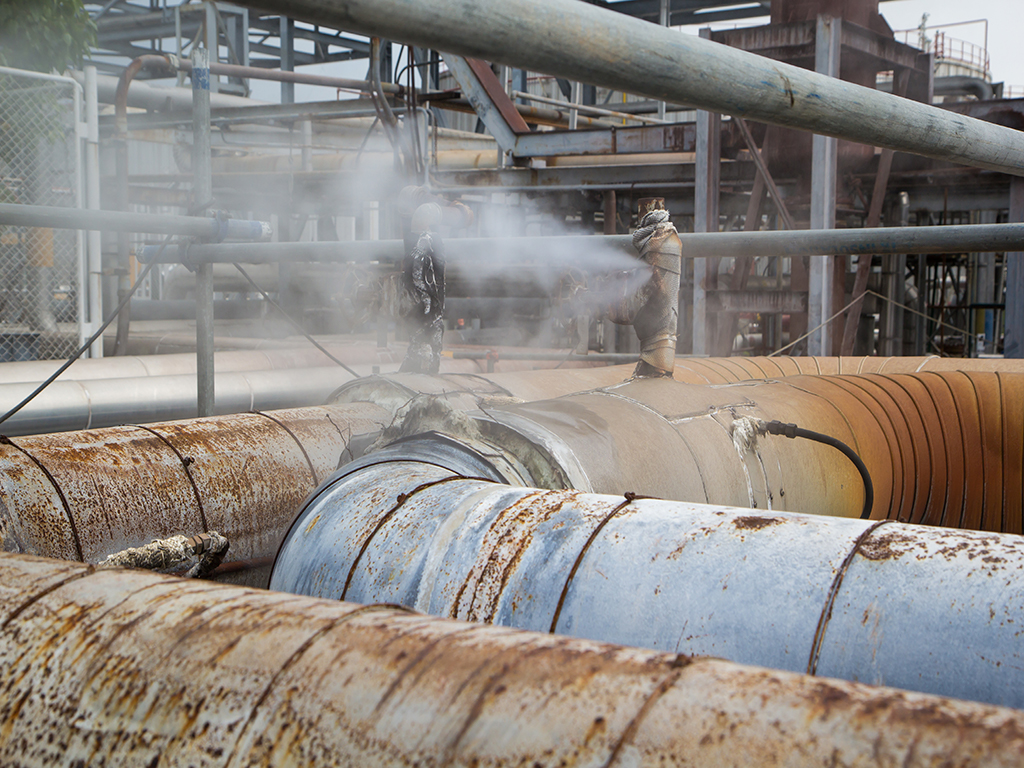Underground leaks of carbon dioxide: Machines will learn to detect them, predict them, reduce their impact and save millions of dollars

Engineers at Texas A&M University’s campus in Qatar will attempt to use machine learning to detect underground leaks of carbon dioxide and other gasses and fluids related to oil and gas production, helping reduce environmental and economic impacts.
The A&M team will collaborate on the project with researchers at Qatar University, Teesside University’s School of Computing, Engineering & Digital Technologies, and Texas A&M University. Qatargas and Schlumberger are the industrial partners for this project in Qatar.
This project is supported by Qatar National Research Fund.
In addition to the machine-learning approach, the research team will deploy a novel ‘digital twin’ for leak detection during single-phase (petroleum or gas) and multi-phase (multi-material) flow during transport and injection of carbon dioxide into the underground reservoir.
This involves creating a virtual representation of a pipeline that is updated in real-time via a network of sensors mounted and installed in the real gas pipelines.
By using computational fluid dynamics, in which artificial intelligence simulates the flow of liquids and gases, the team hopes to accurately predict the likelihood and location of leaks in both single-phase and multi-phase flows.
Aziz Rahman, associate professor in petroleum engineering at Texas A&M University at Qatar, will lead the project.
“The development of this technology in a country like Qatar, which is predominantly oil and gas powered, will present a unique opportunity for greater efficiencies in oil and gas transportation, resulting in lower capital and energy costs and savings of millions of dollars per year,” Rahman said.

